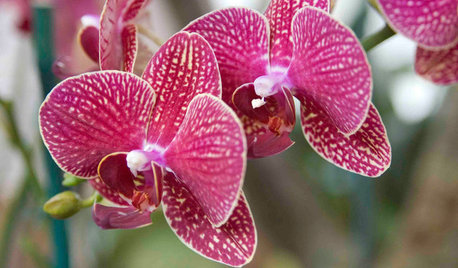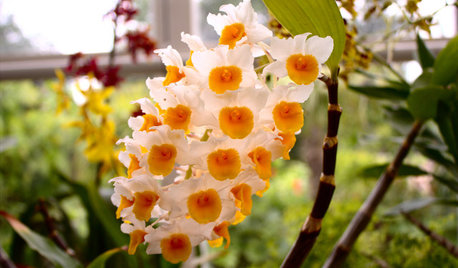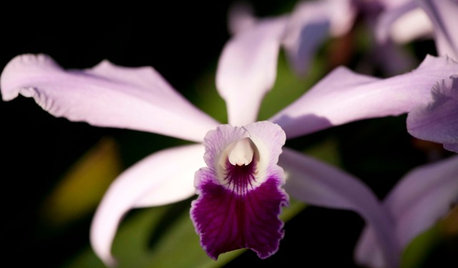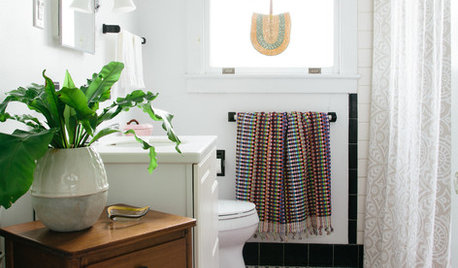Phalaenopsis repotting question
mosscampion
17 years ago
Related Stories

HOUSEPLANTSOrchids 101: How to Keep Your Moth Orchids Alive and Blooming
Growing Phalaenopsis — and getting it to flower again — is easier than you might think
Full Story
HOUSEPLANTS8 Essentials for Healthy Indoor Plants
Houseplants add so much to our homes — and can thrive when grown in the right conditions. Keep these tips in mind
Full Story
HOUSEPLANTSMother-in-Law's Tongue: Surprisingly Easy to Please
This low-maintenance, high-impact houseplant fits in with any design and can clear the air, too
Full Story
HOUSEPLANTSOrchids 101: Try Something Different With Dendrobiums
If you’re looking for something out of the ordinary, these orchids may be a good choice
Full Story
EDIBLE GARDENSSummer Crops: How to Grow Tomatoes
Plant tomato seedlings in spring for one of the best tastes of summer, fresh from your backyard
Full Story
HOUSEPLANTSHow to Grow Orchids Indoors
Orchids are the exotic aristocrats of the flower world and can make themselves comfortable in almost any home
Full Story
HOUSEPLANTS10 Top Plants to Grow Indoors
Brighten a room and clean the air with a houseplant that cascades artfully, stretches toward the ceiling or looks great on a wall
Full Story
HOUSEPLANTSOrchids 101: Classic Cattleyas
These traditional corsage orchids can easily be a part of your collection of blooming plants
Full Story
CONTAINER GARDENSFreshen Up the Bath With Lush and Healthy Plants
Learn how to choose and care for plants that will do well in your space
Full Story
GARDENING GUIDESCommon Myths That May Be Hurting Your Garden
Discover the truth about fertilizer, soil, staking and more to keep your plants healthy and happy
Full Story





richardol
aachenelf z5 Mpls
Related Discussions
Repotting phalaenopsis in new media?
Q
Repotting vacuum-packed phalaenopsis
Q
Dendrobium phalaenopsis repotting
Q
Re-potting Phalaenopsis while in bloom
Q
mosscampionOriginal Author
organic_kermit
aachenelf z5 Mpls
richardol
howard_a
mosscampionOriginal Author
orchid126
mosscampionOriginal Author
aachenelf z5 Mpls
mosscampionOriginal Author
aachenelf z5 Mpls
highjack
mosscampionOriginal Author
highjack
t_bred
mosscampionOriginal Author
howard_a
mosscampionOriginal Author